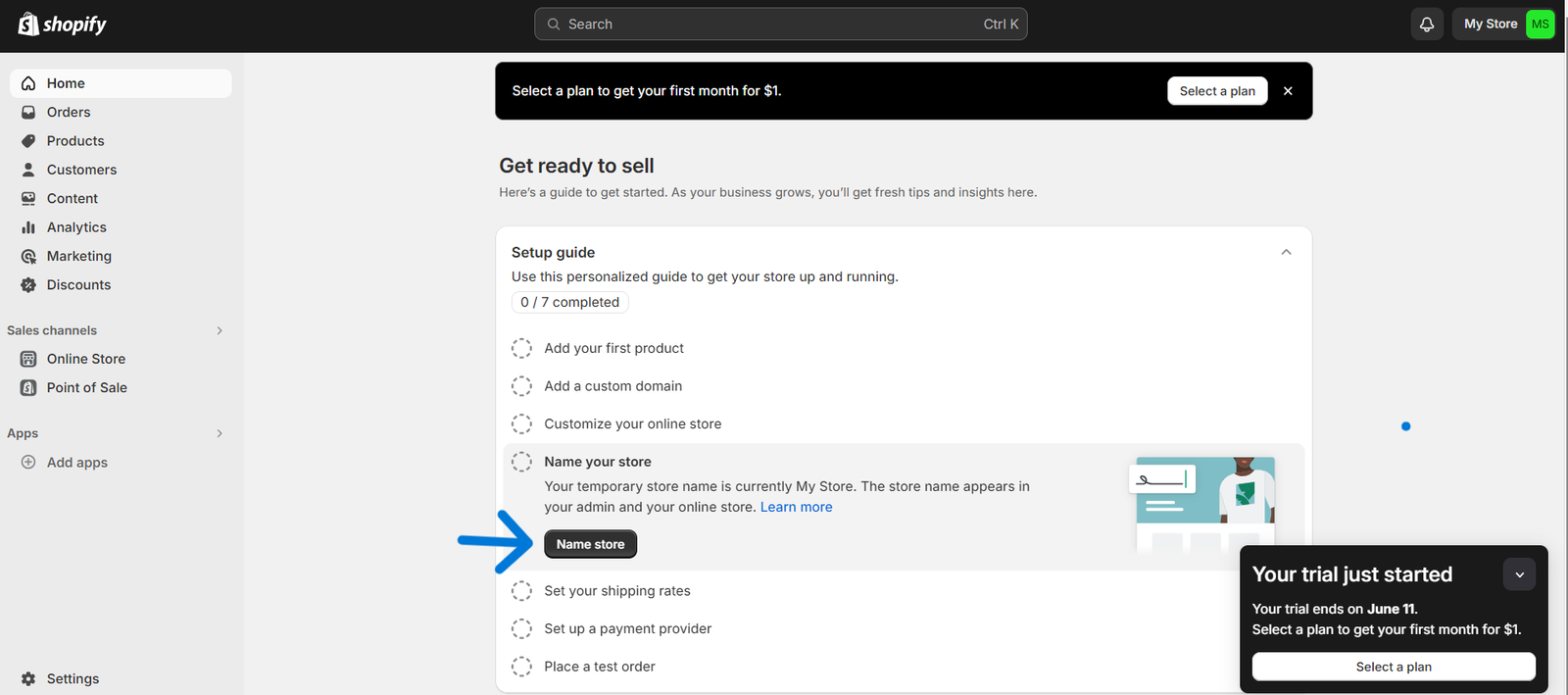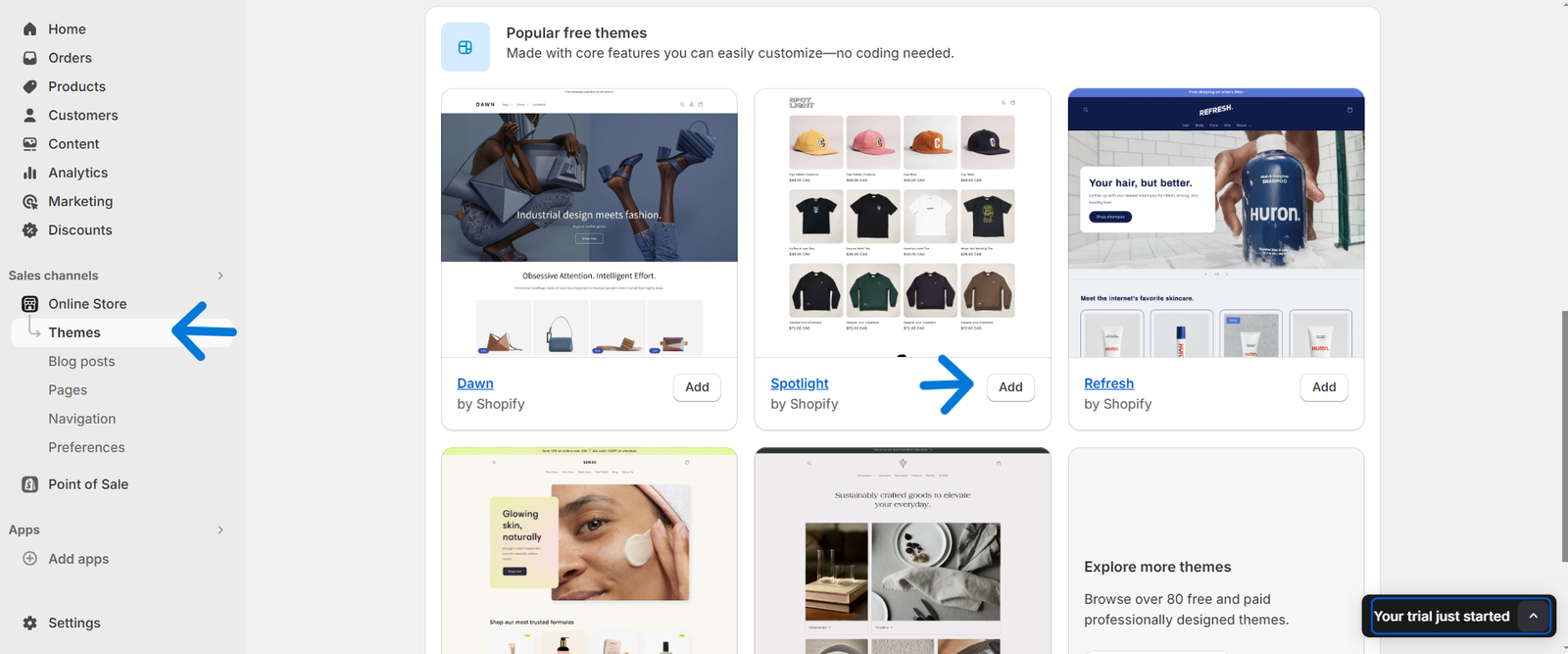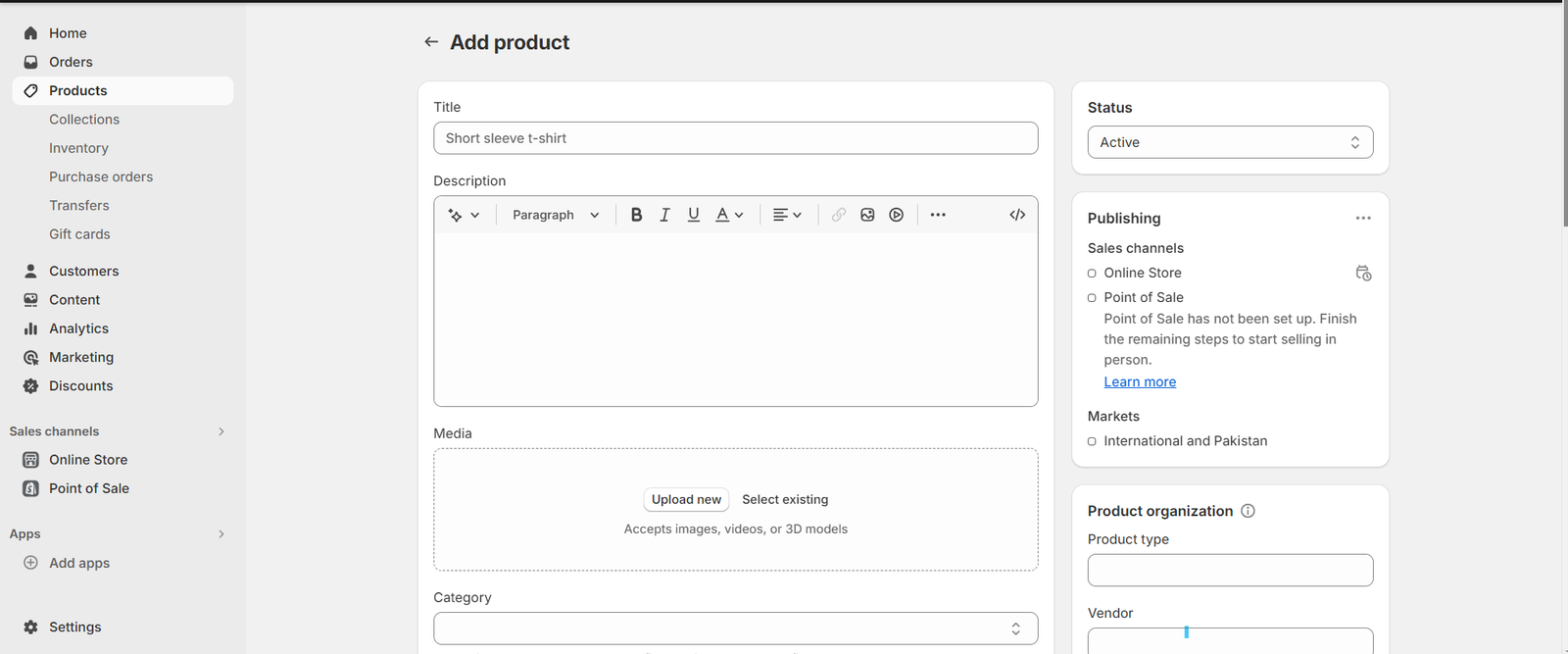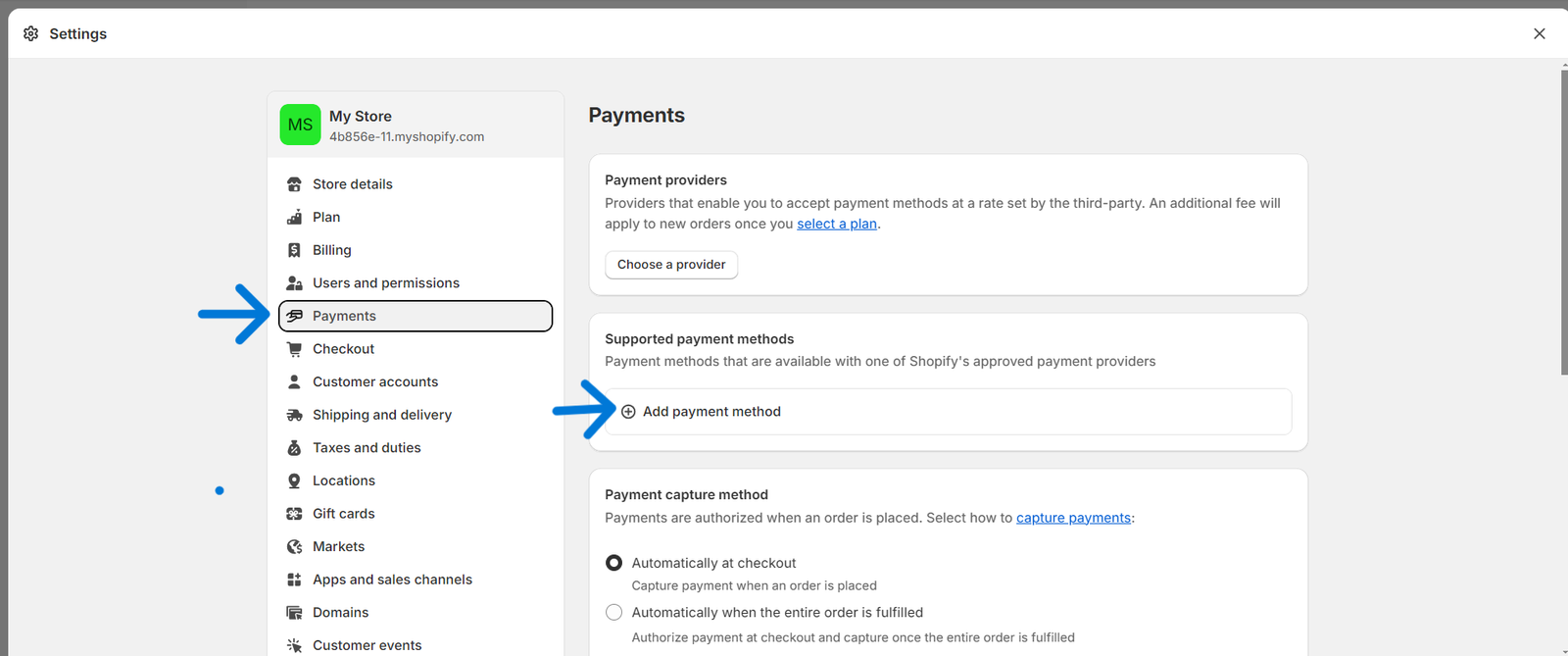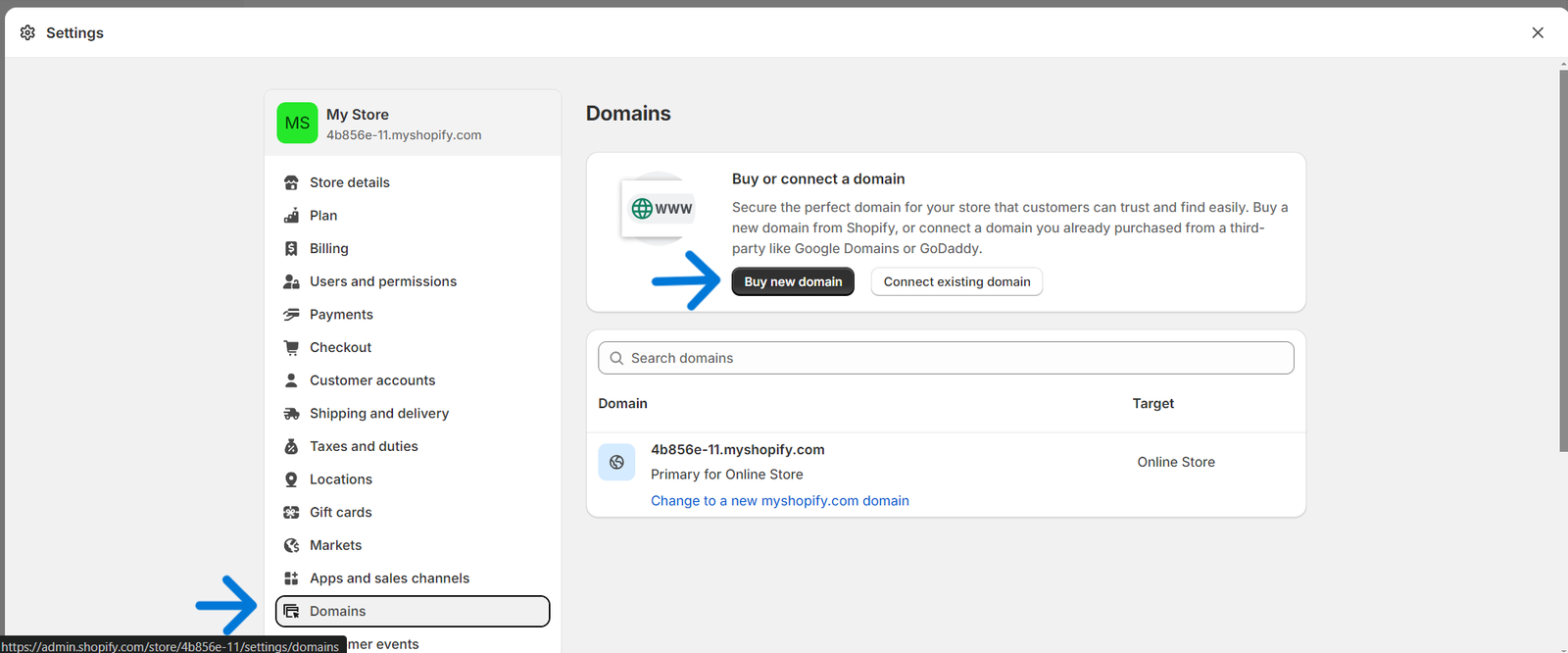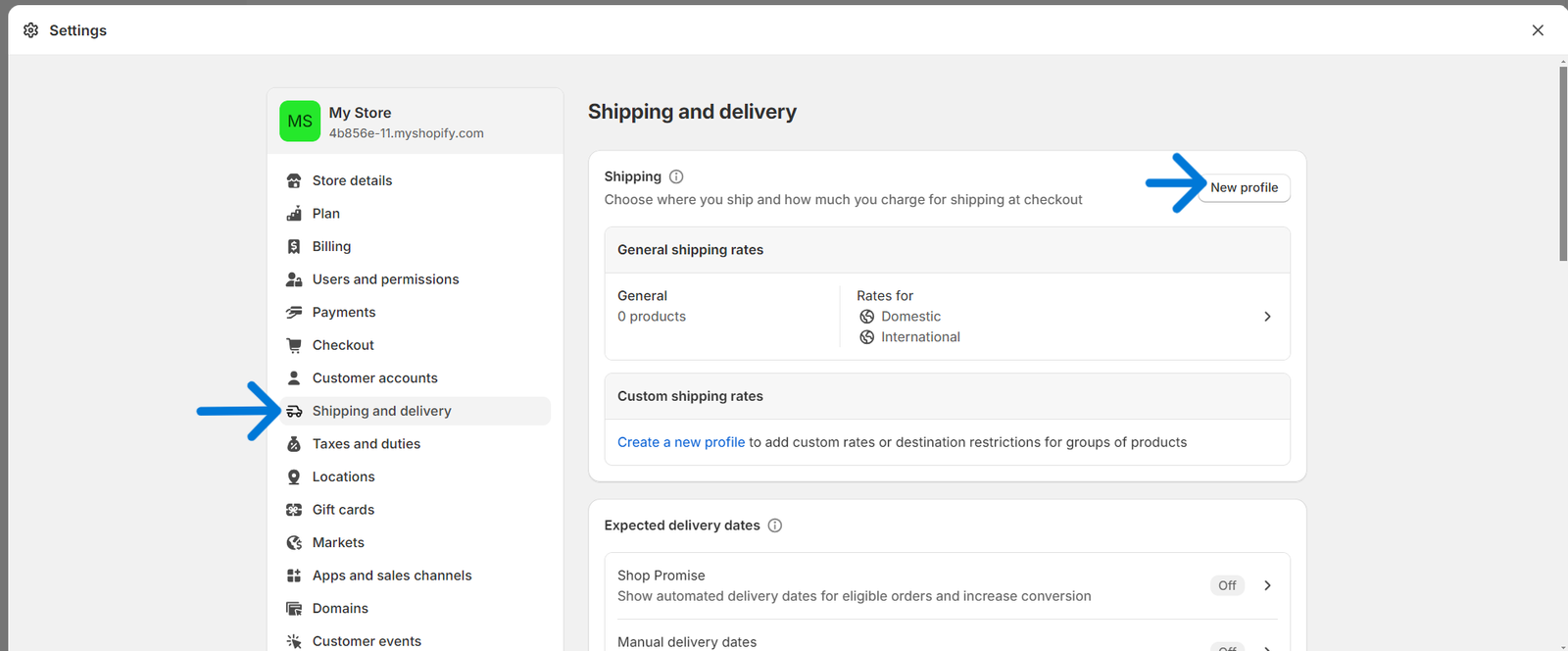What Is Shopify? Everything You Need to Know (2024)
Do you want to know shopify what is it. One of the best e-commerce platforms is Shopify. Shopify is a user-friendly e-commerce platform that helps small businesses build an online store and sell online through one streamlined dashboard.
In the digital era, e-commerce change the ways of business. Businesses start a business on an online Platform. Online platform is the best way to grow your business.
Below we give a detailed overview of Shopify, explaining its launch, features, and benefits.
What Is Shopify And How Does It Work

In technical terms, It is a subscription-based software-as-a-service (SaaS) sales platform. It offers four standard store subscription plans with fees starting at $29 per month. All standard plans support a branded online store and a full array of in-person and online selling tools.
However, it also offers a “Lite” plan which costs just $9 per month. This plan does not include an online store but supports mobile POS sales and a Buy Button for selling on other websites, blogs, and email.
Moreover, all plans deliver a full suite of business management tools. Essentials like product sourcing, sales and inventory tracking, payment processing, shipping, customer accounts, marketing, and reporting are built into every Shopify plan.
History of Shopify:
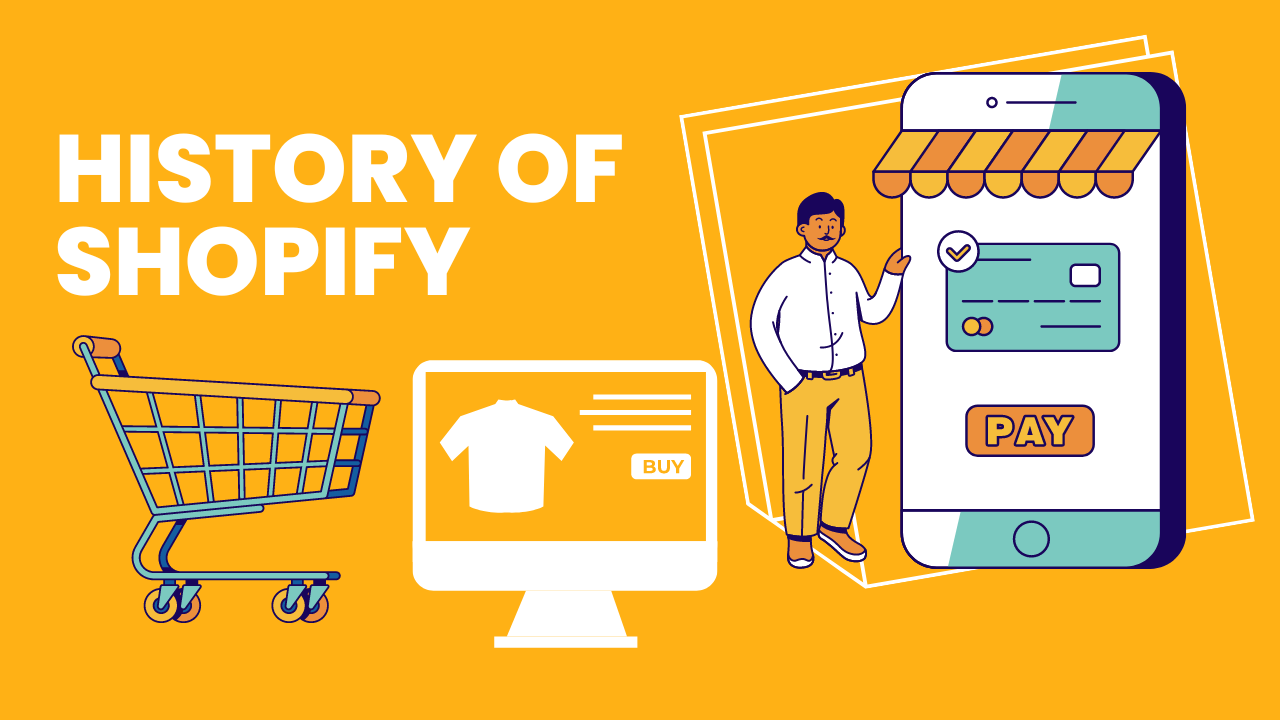
It is started in 2006 when it was jointly launched by Tobias Latke, Daniel Weinand, and Scott Lake. The platform was originally developed to create an online store called SnowDevil that sold snowboards. It should also be available for businesses.
Moreover, in 2009, It launched its API that allows developers to create apps and plugins. In 2010, It introduced the Shopify Apps Store, which allows businesses to use various tools and services. It Payment was launched in 2013, allowing businesses to accept payments easily.
Furthermore, in 2015, It became a public company and listed its shares on the New York Stock Exchange. Since then, Ithas improved its services and features such as Shopify Plus for Enterprise and Shopify POS which supports in-person selling.
Today, It has become a leading e-commerce platform for thousands of businesses worldwide and supports everyone from startups to experts.
Key features of Shopify
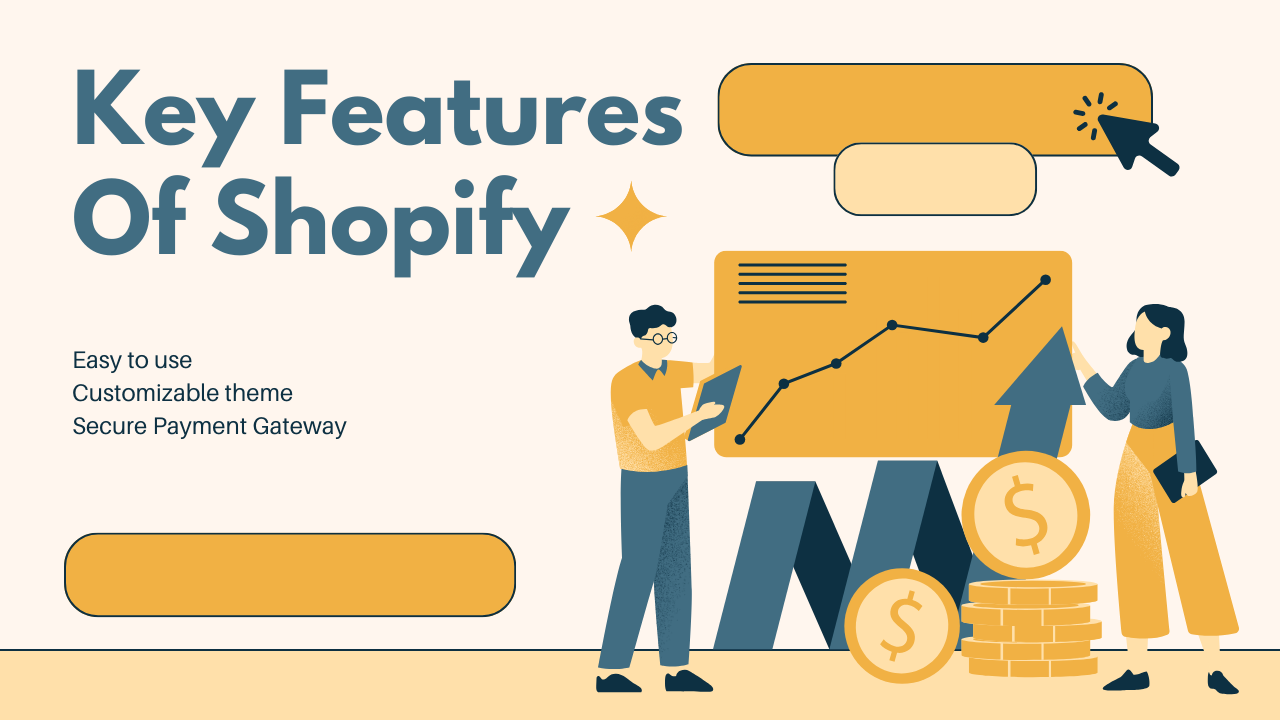
It is a famous e-commerce platform that helps businesses set up online stores and sell products. Here are some key features that make it unique and reliable:
- Easy to use: It interface is very user-friendly. You can create your online store without any technical knowledge.
- Customizable Themes: There are many free and paid themes available in Shopify which you can customize as per your wish.
- Secure Payment Gateway: Shopify lets you easily receive payments through its secure payment gateway Shopify Payments. It supports many payment methods like credit cards, PayPal, etc.
- App Store: There are thousands of apps available in the Shopify App Store that help enhance the functionality of your store, such as marketing tools, inventory management, shipping options, etc.
- SEO Friendly: It is SEO friendly, which helps you rank your store in search engines. You can easily optimize titles, meta descriptions, and URLs.
- Mobile Optimization: Its stores are fully responsive, meaning they can be easily accessed and navigated even on mobile devices.
- 24/7 Customer Support: It provides 24/7 customer support, including live chat, email, and phone support.
- Multiple Sales Channels: You can integrate your its store with social media platforms like Facebook, Instagram, and Amazon and sell your products there too.
- Abundant Resources and Community Support: Its official documentation, blogs, forums, and tutorials can help you with any issue.
- Analytics and Reporting: It provides advanced analytics and reporting tools that give you detailed insight into sales, customer behavior, and marketing campaigns.
Above, These are some key features that make Shopify a better choice for e-commerce businesses.
How to create a Shopify website
We can create a its website by following these steps:
Step 1 : Sign Up
- Go to the Shopify Website
- Click the button “ Start Free Trial”
- Add your details.
2 : Setup the Store
- Choose the unique name of your store.
- Go to the Its dashboard and add your address, contact info, and other basic details in the settings.
3 : Select the theme
- Go to the theme section.
- Select any theme from the Shopify store that matches your store’s style.
4: Customize your theme
- Click on the customize button and set the layout, colors, and fonts of the store.
- Upload the logo and high-quality images of your product.
5 : Add products

- Go to the product section. Click on the products from the dashboards and then add products.
- Add product name, description, price, and images.
- Add inventory and shipping details of the product.
6 : Add payment method
- Go to the payment section. Click on settings from the dashboard and then payment.
- Choose a payment method such as Paypal, stripe, or any other payment gateway.
7 : Connect the domain
- Go to the domain setting. Click on settings from the dashboard and then the domain.
- By a new domain from Shopify.
8 : Set Shipping Setting
- Go to the shipping section. Click on setting from the dashboard and then shipping for delivery.
- Set shipping rates for different regions
9 : Launch Store
- Check your website thoroughly.
- If everything is good, then launch your website.
10 : Do marketing and SEO
- Set meta tags, titles, and descriptions of your products. Do keyword research for your product pages and use them properly.
- Create a social media account for your store and promote your products there.
By following these steps you can easily set up your Shopify store and start your online business.
What Can I Sell On Shopify?
It supports all types of goods and services, including:
- Digital products delivered via download such as eBooks, music files, and digital gift cards.
- Dropship items that ship directly from your vendors to customers.
- Goods and services sold in retail stores.
- Products and services are delivered to these persons through mobile locations.
- Services are sold and managed through online bookings.
- Subscription boxes and memberships that have automatic recurring payments.
- Online courses, tours, workshops and webinars
- Tickets and passes for events local tours and attractions.
- Rental sports equipment, formal wear, cameras, and more,
- Donations and fundraisers.
However, in the Shopify store, we can sell every term or service according to the its policies.
Where Can I Sell Using Shopify?
Its omni-channel sales reach is huge. Some sales channels, such as online stores, top social media sites, and POS platforms are built-in. Other sales channels, such as seller marketplaces, and online courses, connect through Shopify apps.
Here are some of the sales channels we can access using Shopify.
- Shopify Online Store: Its e-commerce store is the perfect platform to build your brand and reach customers online.
- Social media sites: Facebook, Instagram, WhatsApp, and TikTok are all integrated with Shopify.
- Seller Marketplaces: We can reach your audience by listing your products on marketplaces like Amazon, Walmart, eBay, Etsy, and Lyst.-
- In-person mobile selling: Its POS mobile card readers are ideal for pop-up stores, food trucks, mobile services, and local markets.
- Non-Shopify websites and blogs:Using Shopify Buy Button embed you can add your products to reviews, articles, and posts on other websites and blogs.
- Branded mobile app: The Shopify Shop App provides a branded in-app shopping experience that customized product recommendations and post-purchase offers.
- Email and chat: We can send shoppable emails using Shopify Buy Button embeds, while the Shopify Inbox app converts chat sessions into sales opportunities.
- Wholesale buyers: The Shopify Handshake marketplace helps artisans and small manufacturers reach retail buyers for wholesale deals.
Pros and Cons
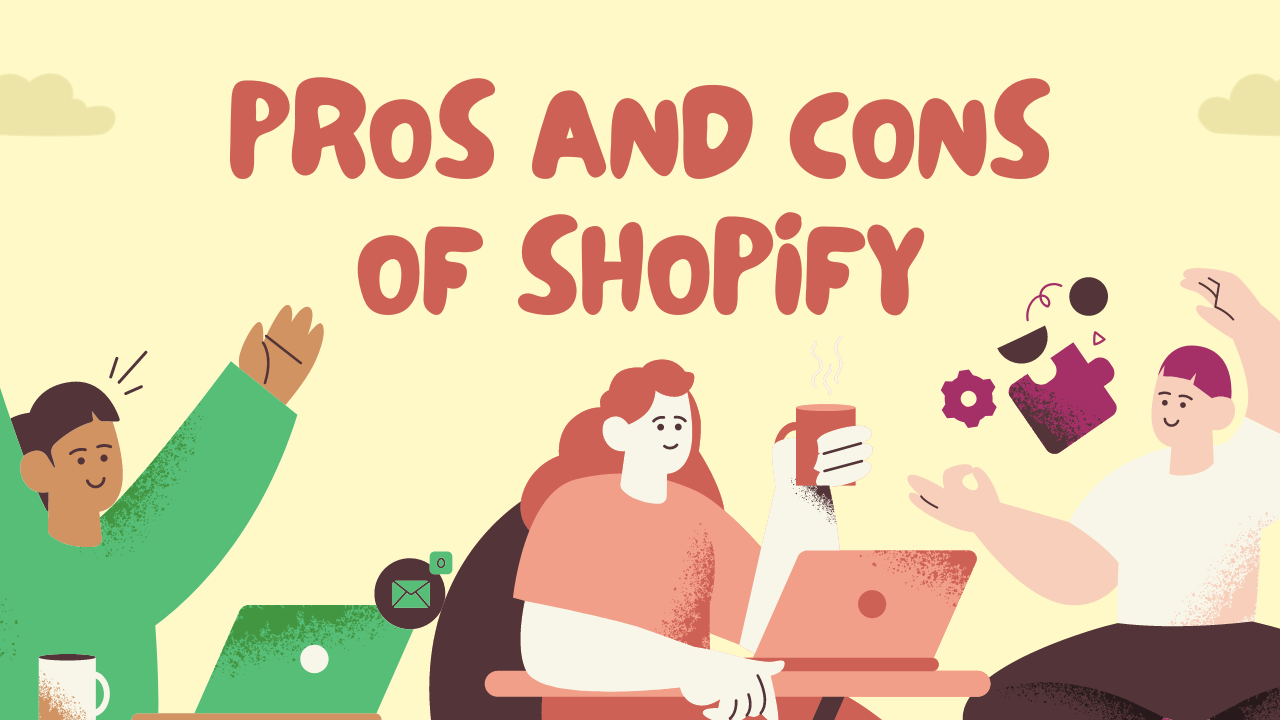
It provides lots of sales options and business management features, but is it right for you? These pros and cons of using Shopify can help you decide.
Pros
- Overall ease of use: Even rank beginners can set up a beautiful Shopify store, multiple sales channels, and order processing workflows in the morning and start selling by the afternoon.
- Competitive monthly fees: Low monthly fees for entry-level plans and competitive rates on higher plans.
- Secure technology: Shopify’s fully managed platform handles all the technical details for you.
- Seamless in-person mobile and retail sales: Fully integrated mobile and retail store POS features allow you to do in-person sales anywhere.
- Built-in product sourcing: Using its built-in dropship and wholesale networks, you can populate your store with little or no upfront investment.
- Built-in email marketing:With abandoned cart notifications and automated email marketing you can boost your sales in just one click.
- Unlimited growth potential: Its is home to some of the biggest online brands and is ready to support sudden and sustained growth.
Cons
- Cost: You can find free and extremely low-cost Shopify alternatives if you have a limited budget.
- Transaction fees: If you do not use Shopify Payments, you must pay a transaction fee on every sale made via credit or debit card.
- Theme limitations: Its themes are often basic and specialized coding is required to add advanced features and functionality.
- Fewer search engine optimization (SEO) options: Its online stores have basic SEO features, which are less compared to platforms like WordPress.
- Simplistic blog tools: Its blogging features are quite limited, comparable to WordPress, Squarespace, and Wix.
Conclusion:
Shopify is almost unmatched in the world of e-commerce platforms for ease of use and seamless connections with sales channels. Some of its drawbacks, like simplistic blogging features, limited store customization, and basic SEO tools, are hidden in front of Shopify’s extensive selling opportunities and core business management tools.
Startups and power sellers will not get a platform that can beat Shopify in simplicity, sales reach, growth potential, and price.
Above, we deeply explain What is Shopify, its features, and pros and cons. I hope you understand the concept of What is Shopify, its features, and pros and cons.
So, sign up Shopify website to grow your online business. May! Your future will be bright.
To learn more read our other articles visit our site ammoneymakers.com
FAQs
Is Shopify like Amazon?
No, Shopify and Amazon are not the same. Shopify is an e-commerce platform that allows individuals and businesses to create own online stores to sell products. Amazon, on the other hand, is an online marketplace where multiple sellers can list and sell their products on Amazon’s platform.
Can we sell our product on Shopify?
Yes, you can sell your products on Shopify. It allows you to create your online. This platform provides tools to manage inventory, process payments and handle shipping.
How much do we earn from Shopify?
We can earn from Shopify depending on your business model, products, marketing strategy, and efforts. Some people earn thousands of dollars a month from Shopify.
Is Shopify best for beginners?
Yes, it is good for beginners. This platform is user-friendly and can be easily used without any technical knowledge. It provides ready-made themes and a simple interface that makes it easy for beginners to set up an online store.


